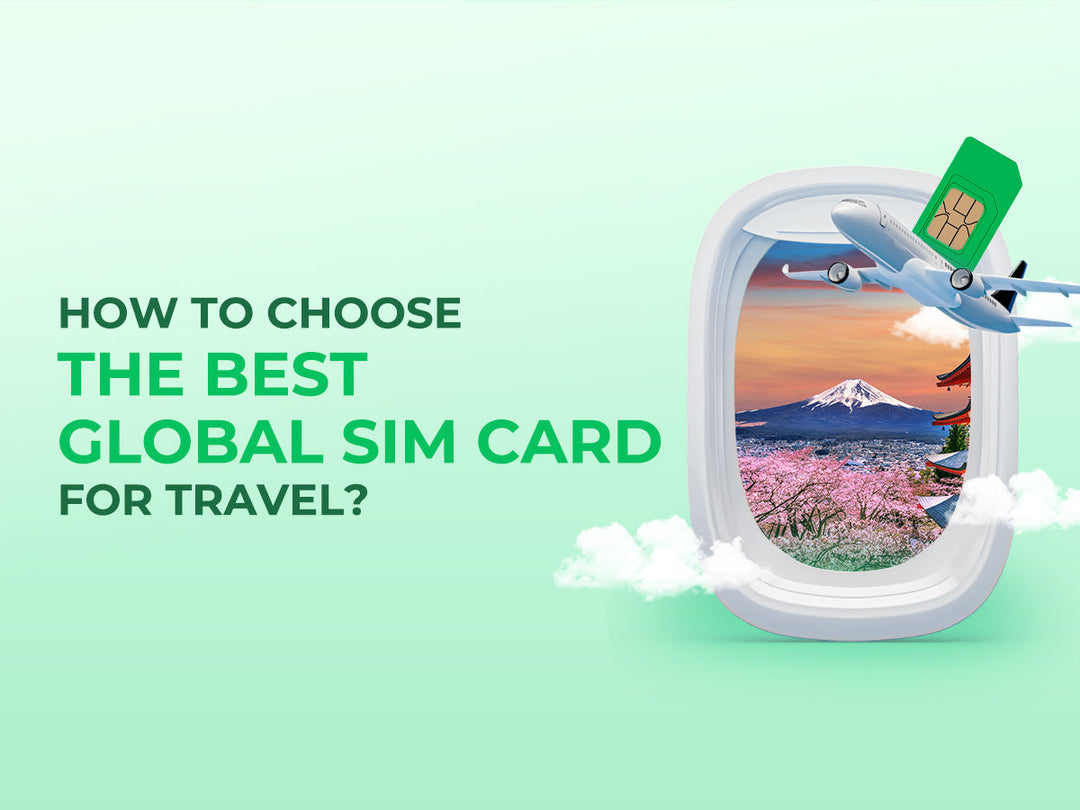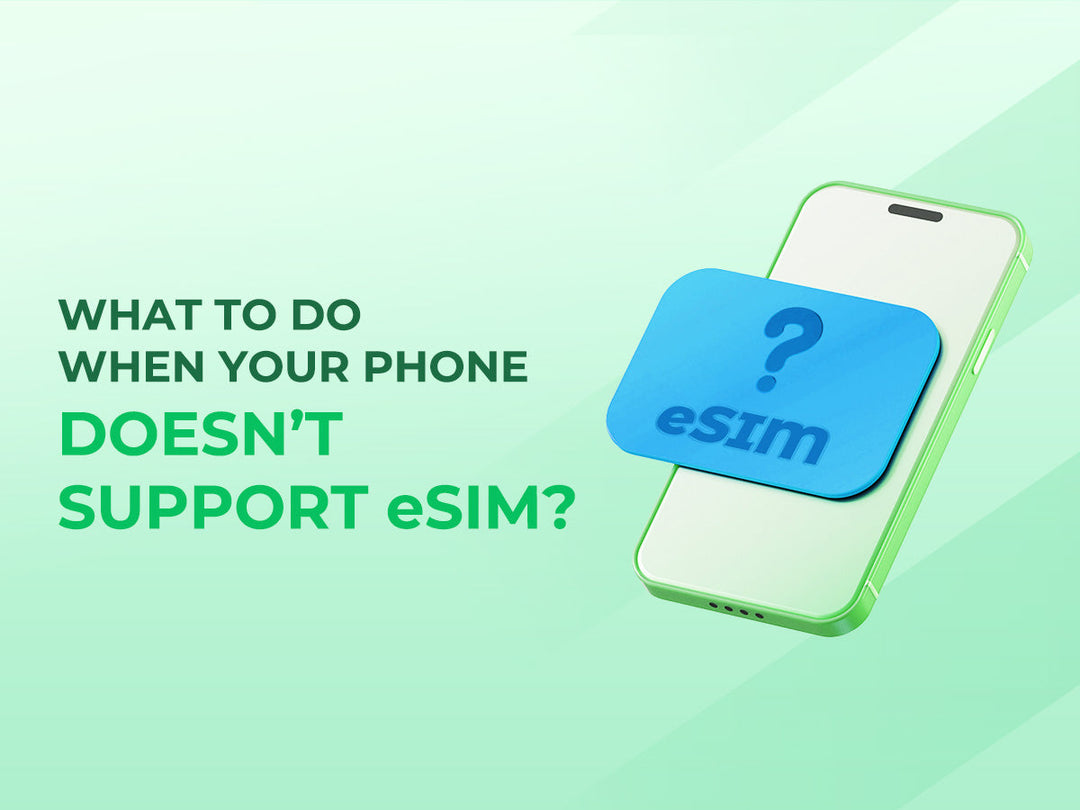SIM vs. eSIM: Which One is Right for You?

Whether upgrading to a new device or choosing between a SIM and an eSIM, knowing how each option fits your needs can help you make an informed decision.
Traditional SIMs
Pros
●Traditional SIM cards work with nearly all mobile phones, old and new, offering widespread support, and they are also compatible with routers, cameras, and other connected devices.
●Inserting a SIM card is quick and easy—just pop it into your phone, and you're ready to go.
●For users on a budget, physical SIM cards are often cheaper upfront compared to eSIM-compatible devices, and prepaid SIM cards make cost management easier by allowing users to control their spending without unexpected charges.
●If a SIM card is lost or damaged, getting a new one is relatively straightforward.
●Traditional SIMs don’t rely on an internet connection for activation—simply inserting it into your phone is enough.
Cons
●Physical SIM cards require space in the device’s SIM slot, which could be a limitation in phones designed to be slimmer or with multiple SIM slots.
●You need to physically swap out your SIM card if you want to switch between networks or countries, although some providers offer region-specific SIM cards, such as EIOTCLUB's Europe SIM card, which is designed for use across European countries.
●SIM cards can easily get lost or damaged, especially when frequently swapped between devices.
eSIMs
Pros
●eSIMs are activated digitally without needing a physical card. This remote activation process allows easier switching between carriers and data plans.
●No physical slot is needed, saving space inside the phone. This can be particularly useful for slim devices or devices that support multiple SIMs.
●eSIM technology allows users to store several profiles on one device, enabling you to switch between multiple carriers or data plans with ease. This is especially handy for international travelers who need local data plans while abroad.
●eSIMs reduce plastic waste, as there’s no need for physical SIM cards or packaging.
●Because eSIMs are embedded into the device, they are less prone to physical theft or damage compared to traditional SIM cards.
Cons
●Not all devices currently support eSIM. It could be a problem for users with older phones or certain budget models. In such a case, alternatives like the EIOTCLUB Physical eSIM can provide similar benefits without needing a new phone.
●Although eSIM adoption is on the rise, not all mobile carriers support it yet.
●Since eSIMs are activated digitally, you must have an active internet connection to download profiles and activate services.
How to Choose
●If you’ve got a newer phone or a flagship model, it’s probably eSIM-compatible. But if you're rocking an older phone or one from a region where eSIM adoption is still limited, sticking with a physical SIM could be simpler. You can also use physical eSIM solutions like the EIOTCLUB Physical eSIM if your device doesn't support eSIM natively.
●If you travel a lot, eSIM could be a better choice. It lets you download multiple carrier profiles, so you won’t need to keep swapping SIM cards. This can save you time and stress, especially when you're traveling internationally and need local data plans.
●If you need to juggle different data plans or want to keep your work and personal numbers separate, eSIM makes it easier to manage.
●eSIMs also offer better security because they’re built directly into your device, making them less prone to theft or damage. If security and convenience matter to you, eSIM might be the way to go. Plus, managing multiple plans is way easier without the hassle of swapping out SIM cards.
Regardless of which option you choose, it’s highly recommended to go with a prepaid SIM or prepaid eSIM. Many providers, such as EIOTCLUB, now offer flexible prepaid plans for both SIM cards and eSIMs. Prepaid SIM and prepaid eSIM options allow you to control your spending, avoid unexpected charges, and only pay for the data, calls, or texts you actually need. This makes them ideal for travelers, budget-conscious users, or anyone looking for temporary and hassle-free connectivity. With prepaid plans, you can enjoy the freedom and flexibility to stay connected without any long-term commitment.
If you prefer eSIM benefits without an eSIM-compatible device, don't miss out on EIOTCLUB's physical eSIM, which boasts:
●Compatible with over 90% of best-selling smartphones.
●Stores up to 9 profiles.
●Supports unlimited downloads and deletions of eSIM profiles through the EIOTCLUB app.
●Comes with a seed profile that includes 1GB of local data (US) and 100MB of global data for testing and initial setup.
●Supports profiles for over 200 destinations, ideal for international travelers.
●Offers affordable data plans for both short and long-term use, including local and global options.
●Manage profiles, activate them, and switch between them easily via the EIOTCLUB app.
●Simply insert into the SIM slot (Slot 1 recommended for Android devices) to get started.
●Data packages start from $17.5 for 10GB (US plans), offering great value for users.
●24/7 customer service with an easy setup process ensures hassle-free use.
FAQs
Can I switch between carriers using a traditional SIM?
You can switch carriers with a traditional SIM, but you must physically swap out the SIM card. With eSIM, switching between carriers or data plans can be done digitally without the need to change the SIM.
Does eSIM work in all countries?
Not all countries and carriers support eSIM yet, as its adoption depends on the infrastructure and policies of each region.


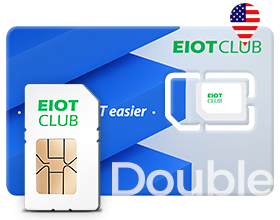
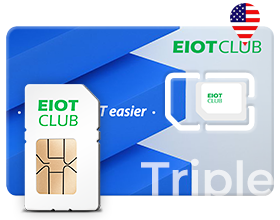
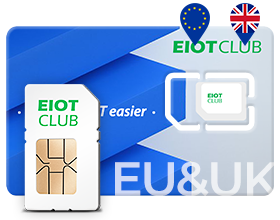
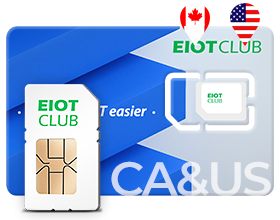
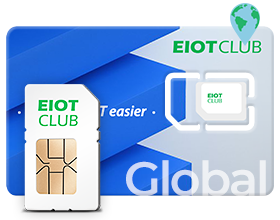
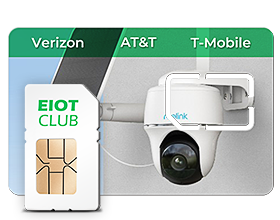
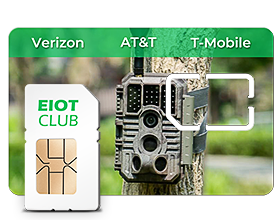
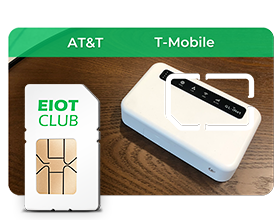
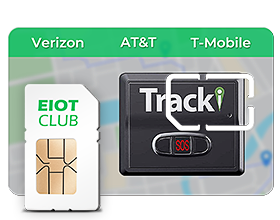

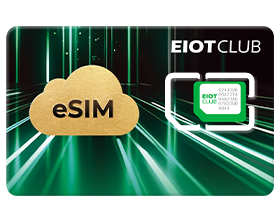
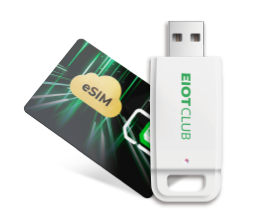









 eSIM
eSIM
 Refill
Refill
